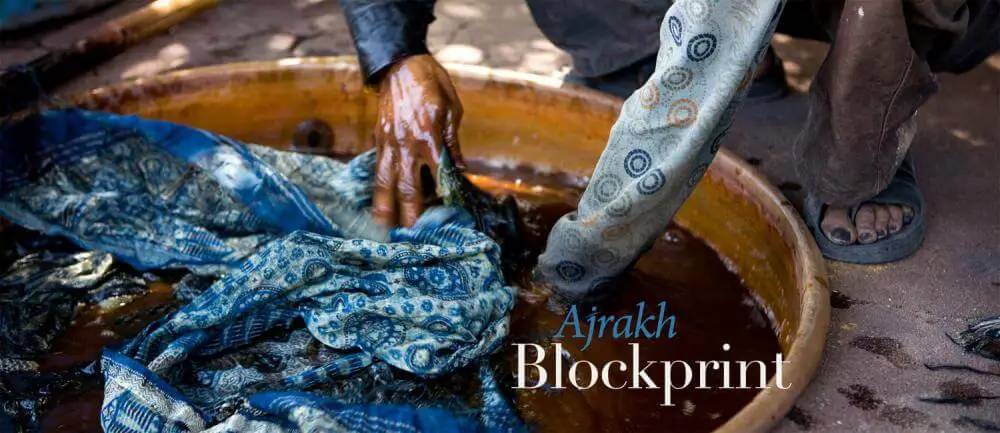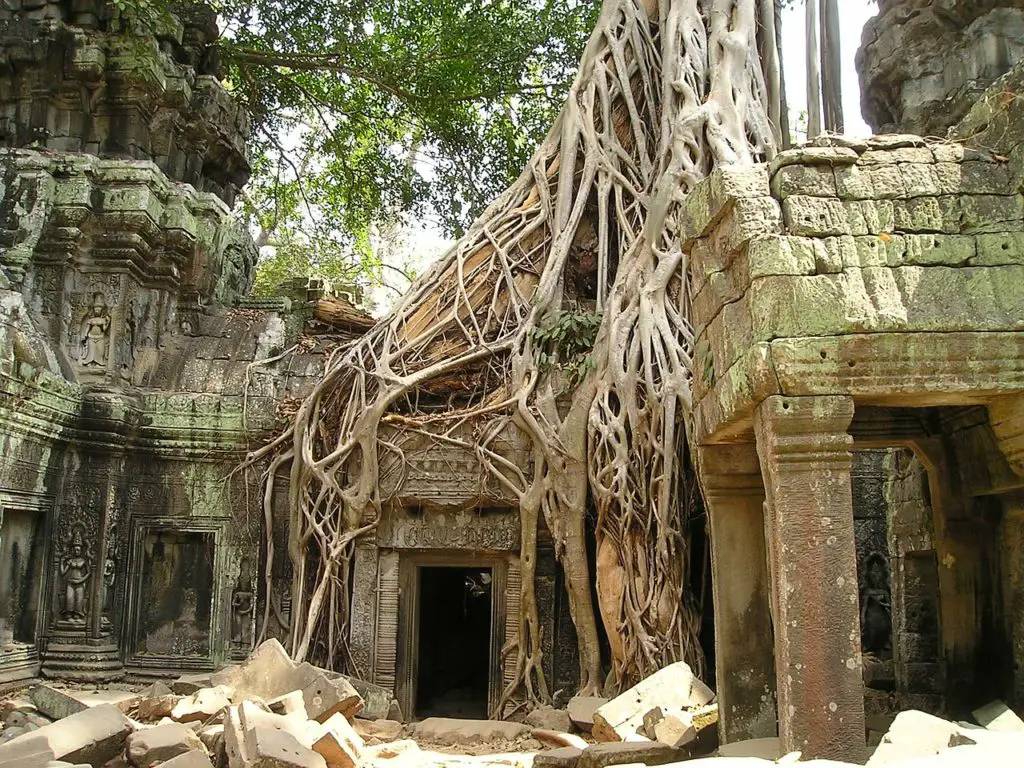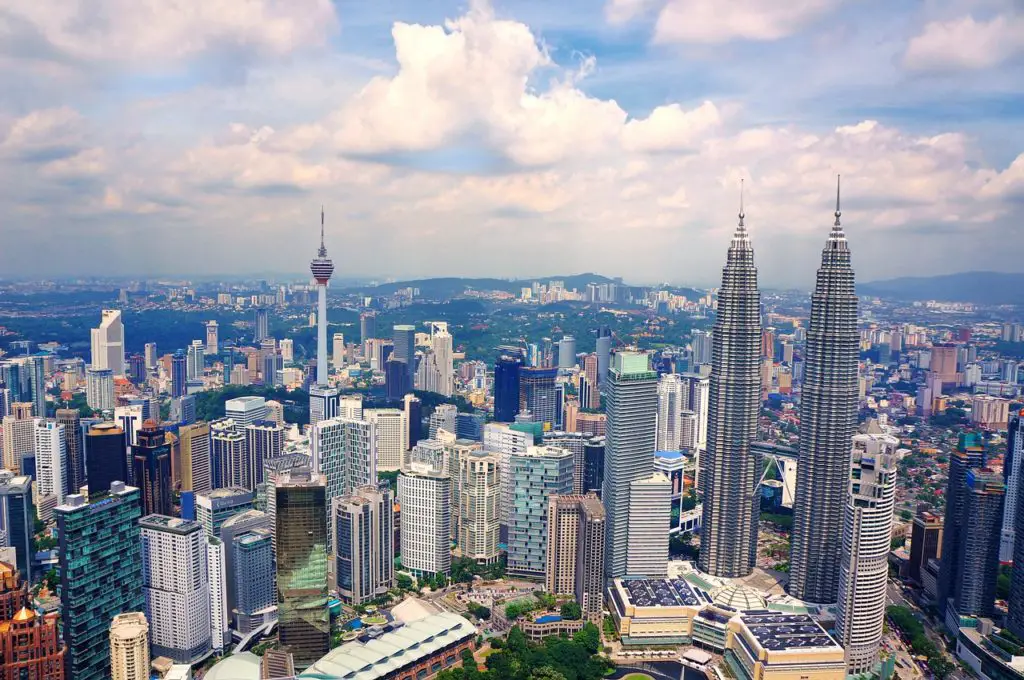Have you heard of block printing in Rajasthan? Firstly, we explain what hand block printing is. Secondly, we highlight the states famous for this art form. Thirdly, we explain 5 types of block printing. The process of carving, dye application, printing, and postprint treatment is next. Finally, we answer whether block printing is a sustainable art form.
Disclaimer: This post contains affiliate links. This means, if you click on the link and purchase the item, I will earn a small commission. As an Amazon Associate, I earn from qualifying purchases. Please read my Disclaimer Policy for more information.
What is hand block printing?
Woodblock printing is where blocks are used to print on textiles. Wooden blocks are now replaced by metal blocks. The process is time-consuming and slow. This is a time-consuming process as it involves several phases.
Related Posts:
Which state is famous for block printing?
India’s block print’s cultural history goes back to the Indus Valley. The Harappan Civilization was trading in cotton textiles as archaeologists have found needles, spindles, and dyed cotton fibers at the Mohenjo-Daro excavation site.
The states famous for block printing are Andhra Pradesh, Gujarat, West Bengal, Madhya Pradesh, Punjab, Uttar Pradesh, and Maharashtra. The centers for block printing in Gujarat are the Kutch regions. Fabrics from Gujarat are Sodagiri. Other cities famous for block prints are Rajkot, Jetpur, Porbandar, Bhavnagar, and Vasna.
In Rajasthan, the famous cities are Bagru, Jaipur, Pali, Barmer, and Sanganer. Dabu and Syahi-Begar prints are from Bagru. Calico printed bed covers, pillows and sarees are from Sanganer. The prints from Punjab are geometrical and floral based.
Serampore is the center for block printing in Kolkata, West Bengal. The prints are vibrant and differ from the traditional motifs of birds and flowers.
How many types of block printing are there?
There are 8 types of block print in India. In this post, the five types we will look at are Ajrakh, Bagh, Kalamkari, Bagru, and Sanganeri. They are:-
Ajrakh

Ajrakh is from Sindh, Pakistan, Kutch in Gujarat, and Barmer in Rajasthan. Sindhis all over the world celebrate Sindhi Cultural Day on 1st December by wearing Ajrak & Sindhi Topi.
Ajrakh print has multiple meanings attached to it. The term “Ajrakh” is from “Azrakh” which means indigo. Another meaning of Ajrakh is Universe because of the colors used. Nature plays an important role where the colors are concerned. Red is for the earth, blue for the sky, and black for the moonless night.
The town where this art form has been passed down for generations is Ajrakhpur. This town has attained global recognition and the artisans have worked with India’s designers and have traveled the world. The invitation-based trips are to showcase their craftsmanship and to enhance knowledge exchange between cultures.
Bagh
Bagh printing is from Bagh, a hamlet in Madhya Pradesh. The traditional motifs for this type of print are geometric, paisley, or floral images. There are several possibilities as to how this printing method came to India.
Chhipas traveled from Sindh to Bagh 400 years ago. They brought this art form with them. Mohammed Yusuf Khatri, Ismail Sulemanji Khatri, and Abdul Kadar Khatri Bagh’s pioneers of this art form. Ismail Khatri is a skilled practitioner of this art.
Do you know that 200 to 300 years old traditional blocks once used designs of 1,500 cave paintings in the region to make sarees and salwar kameez?
An interesting fact is that this community does not throw away any blocks used. Each block is handed down through the generations.
Kalamkari
Kalamkari is produced in Isfahan in Iran and Andhra Pradesh and Telangana in India. It involves a twenty-three-step process. The literal meaning of the word is “pen craft” where ‘Kalam’ means pen and ‘Kari’ means craft.
This method uses natural dyes where the dye is extracted from roots and leaves. To enhance the dyes color, cow dung, seeds, and plants are added. The two distinct Kalamkari styles are Srikalahasti and Machilipatnam styles. Historical data dates Kalamkari printing technique to Vijayanagara Empire.
Srikalahasti Kalamkari was unveiled at a flyover in Tirupati as part of the Municipal Council’s beautification works. Artisans unveiled a ‘Tree of Natural Life’ project which aimed to highlight rural life and bring awareness of wildlife and nature through textile. This project took 120 days, 204 wooden blocks, and 20 artisans to complete.
Bagru
Bagru is another method of block printing in Rajasthan. Bagru is 20 miles from Jaipur. The New York Times Style Magazine highlighted this ancient art in one of its publications.
Bagru is unique because the pattern is engraved onto the wooden block. The design is replicated onto the fabric. Bagru prints have an off-white base and natural dyes made from turmeric and pomegranate. Dyes are from worn-out horseshoes and alum. The motifs for Bagru are elephants, buds, leaves, and flower stems.
Sanganeri
Sanganer is 12 miles from Jaipur and is famous for its Sanganer block printing. The town’s population is involved in the hand-block printing industry. The prints were exported to Europe and were used as a show of luxury.
What is the difference between Bagru and Sanganer print?
Although both of these are block printing in Rajasthan styles, the differences lie in:-
- Water
Water is scarce in Bagru. This results in the Dabu style of printing. Sanganeri prints come from Sanganer which is abundant in water. This brings out a darker shade and makes it easier to wash and print the fabrics.
- Motifs used
Bagru prints are large geometrical in designs. These designs get their inspiration from nature. Sanganer prints have fine lines and intricate designs.
How is block printing done?
Block Printing in Rajasthan is a 5 step process. The block printing process involves carving of the wooden block, application of dye at various stages, the actual printing, and the post printing treatment of the fabric.
Carving the Block
A wooden hammer and chisel are the main tools in this process. This task requires skill and precision as one mistake could damage the block. The block becomes unusable. To achieve precise designs, the carvings could take days to complete.
Dye Application
Indigo is the base color for Bagru prints. The wooden block is dipped into the dye. And, then stamped onto the cloth. There are many other colors. And, the colors used would depend on the pattern.
Printing
This delicate work is done by experienced artisans. It may take several people to complete the design on the fabric. It is important that the designs do not overlap each other and that there are no blank spaces.
Do you know that this task takes years of experience to achieve? A steady hand and a focused mind are two requirements of this task. This is so that there are no blank spaces. It is essential that the designs do not overlap each other.
Postprint Treatment & Drying
The process is completed once the fabric is hung to dry.
Is Block Printing Sustainable?
The ingredients to create dyes are natural which makes block printing sustainable. Sustainability is the keyword in this unique art form.
Tamarind Chutney is one of the clothing lines working with hand-block artisans to empower and improve their livelihood. In a digital era, this unique art form may disappear as cheaper digital prints take over the market. An effort to recognize this art form would help the artisans. We can help these artisans by buying their products.
Are you planning a trip to Rajasthan but have no idea where to stay? Check out these hotels and take your pick!



